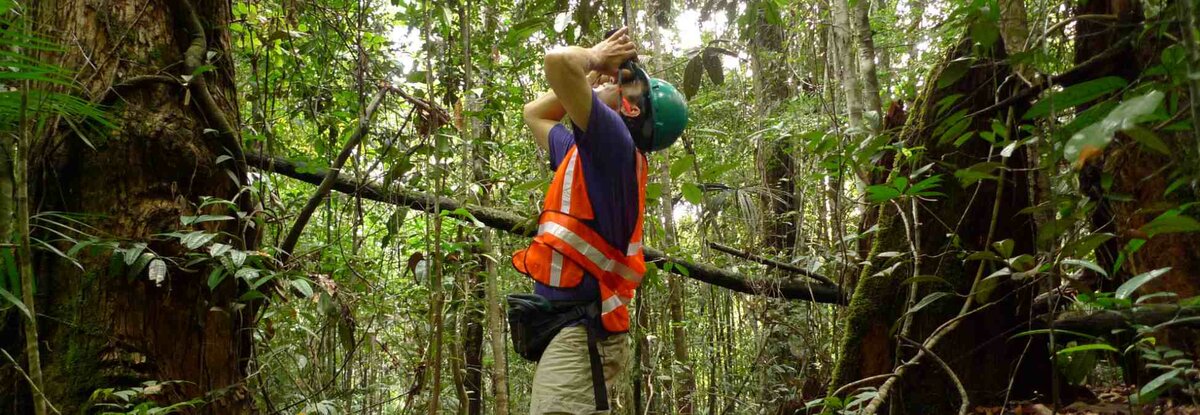Biodiversity Offsets
Biodiversity offsets are measurable conservation outcomes resulting from actions that compensate for the residual impacts of development projects after full mitigation. Offsets should aim to achieve no net loss and preferably a net gain of biodiversity.

Offsets are part of the suite of environmental management measures defined in the mitigation hierarchy – the framework by which biodiversity is incorporated into the project life cycle. Offsets should only be considered after appropriate mitigation measures have been planned to reduce residual impacts. Without prior application of the mitigation hierarchy to avoid, minimise and rehabilitate/restore impacts, stakeholders may view offsets as a ‘license to trash’.
Why offset?
Even with the best possible mitigation measures in place, residual impacts on biodiversity will sometimes remain. These biodiversity losses will need to be offset. The two main drivers for no net loss, and by extension offsets, are the regulatory/policy environment and voluntary biodiversity commitments. There has been rapid growth in the number of countries with offset legislation and policies. Major financial institutions such as the International Finance Corporation and >75 Equator Principle banks also require offsets as a tool to achieve no net Loss in projects that they finance. Voluntary corporate commitments to achieving no net loss have also proliferated in recent years as a way of managing a business' operational and reputational risks.
How should offsets be designed?
Biodiversity offsets should be designed and implemented to achieve measurable conservation outcomes. Our approach is to develop metrics to make quantified estimates of potential biodiversity losses (from residual project impacts) and potential biodiversity gains (from offsets), and to then monitor success in achieving no net loss.
If offsets are to be effective they must be achievable on the ground. We apply four offset principles to demonstrate that they are appropriate and deliverable:
There are limits to offsetting: some losses are so great in type or amount that no offset could appropriately compensate for them – such as species extinction. We help assess, and improve where possible, the relative offsetability of project impacts.
Offsets should be additional: biodiversity gains should be a result of offset actions and not by other factors. In other words, the offset gains would not have happened in business-as-usual scenarios. This is similar to the concept of additionality in REDD.
Offsets should be comparable: the balance of losses and gains should represent a fair exchange. This requires exchanging similar types and amounts of biodiversity, including quantitative measurement of losses and gains to biodiversity.
Offsets should be lasting: gains should last at least as long as impacts.
If these four principles are met, then offsets may be feasible and implementation can be considered.

How should offsets be implemented?
We recommend adopting a pragmatic approach to offset development based on local regulations, capacity and opportunity. In practice, the two most common types of offset are:
- Government-backed conservation/habitat banks (e.g. “wetland banking” in the US, BushBroker in Victoria, Australia).
- Voluntarily-developed offsets.
Conservation is rarely the core competency of business. Voluntary offset management may be best implemented through a partnership of industry, government, conservation organisations and specialist consultancies – with partners that have experience of land and wildlife management, and can manage complex stakeholder relationships.




